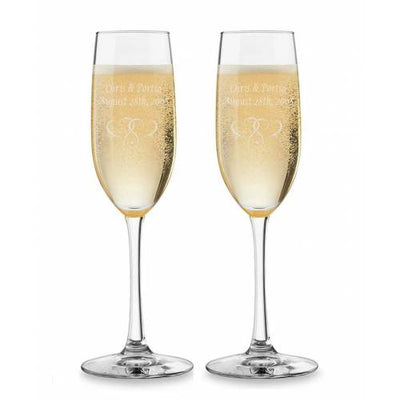[caption id="attachment_1264" align="aligncenter" width="300"]
 Credit: Daryl Mitchell[/caption]
Credit: Daryl Mitchell[/caption]Several different styles of gin have evolved, and the European Union has the following four classifications, by law, relating to gin:
Juniper-Flavored Spirits - This is the earliest type of gin, produced by a pot in which you distill the fermented grain mash to a moderate strength, (likely 68% ABV), then re-distilling it with botanicals to extract the aromatic compounds, which lets you flavor the gin as such.
Gin - This juniper flavored spirit is made by adding approved natural flavoring botanicals or substances to a neutral spirit of agricultural origin. The flavor must be predominantly that of the juniper berry.
Distilled Gin - This is produced by re-distilling ethyl alcohol of agricultural origin with an initial strength of 96% ABV. The distillery uses juniper berries, and likely other natural botanicals, provided that the juniper berry taste is the predominant flavor.
London Gin or Dry gin - This is obtained exclusively from the distillation of ethyl alcohol derived from an agricultural source with a maximum methanol content of no more than 5 grams per hectolitre of 100% ABV equivalent. The flavor of London or Dry Gin is introduced only by the re-distillation in traditional stills of ethyl alcohol in the presence of all the natural plant materials used. The distillate resulting is at least 70% ABV. This type of gin may not contain added sweetening that exceeds 0.1 gram of sugars per litre of the final product, nor any colorants, nor any added ingredients other than water.
[caption id="attachment_1265" align="aligncenter" width="300"]
 Credit: Jack Oughton[/caption]
Credit: Jack Oughton[/caption]One final fact to note about Gin: During the early 18th century, in London, there was a large amount of gin that was legally distilled in residential houses. There were estimated to be approximately 1,500 legal residential "distilleries" in the year 1726, and the gin was most often flavored with turpentine, which helped to generate the resinous woody notes, in addition to the flavor of the juniper berries.
That's pretty Gintastic if you ask me :)













